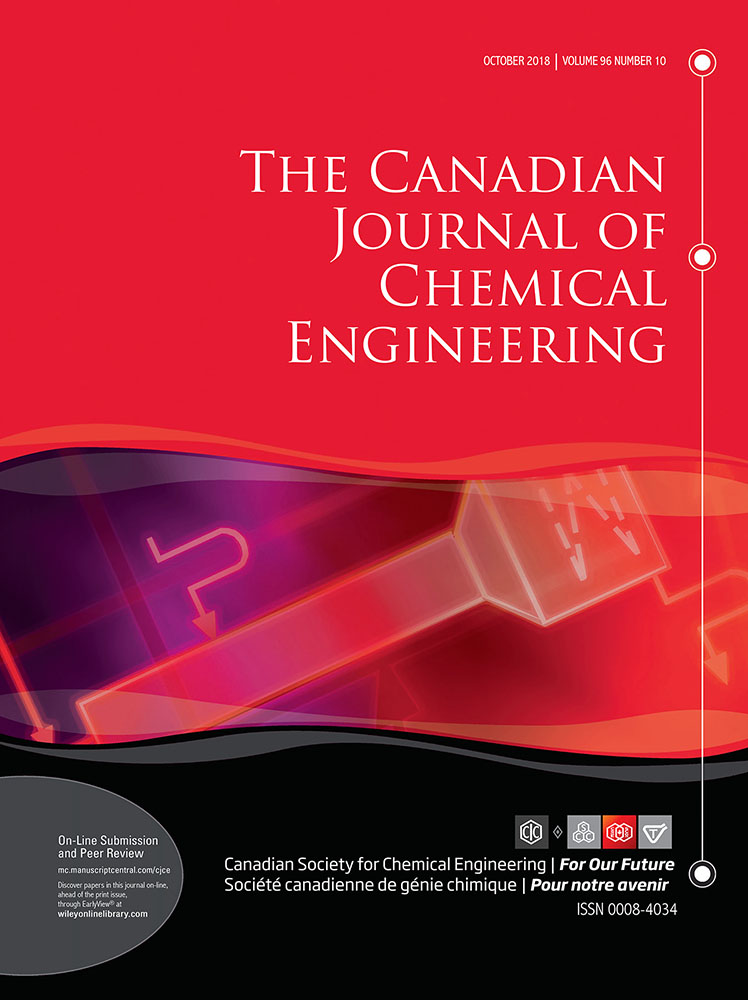Kinetic modelling of blueberry anthocyanins oxidation with a free radical initiator 2,2'-azobis(2-amidinopropane)
ABSTRACT
The antioxidant activity of the main anthocyanin isomers isolated from wild blueberries of Lake Saint-Jean (Quebec, Canada), the galactoside and glucoside isomers of cyanidine, peonidine, and malvidine, were studied through identification and quantification of oxidation products by liquid chromatographic analysis coupled to mass spectrometry. A simplified lumped kinetic model was developed taking into account the essentially radical nature of anthocyanin oxidation by AAPH (2,2′-azobis(2-amidinopropane) dihydrochloride) radicals through a scavenging mechanism. The calculated pseudo-first order kinetic profiles of anthocyanins and the oxidation product common to all anthocyanins, 3,5-dihydroxy-4-(ethen-1,1-diol) phenol derivative (fragment m/z 184), together with the specific oxidized product exclusive to the anthocyanidin nature, p-hydroxybenzoic acid derivative (fragment m/z 154), appropriately fit experimental data at AAPH concentrations of 43.7 and 25.5 μmol/mL. It is shown that galactoside-bonded peonidin (0.057 h−1) was more reactive than glucoside-bonded peonidin (0.013 h−1) to generate the common oxidized product. An opposite tendency was observed when the reactivities of galactoside-bonded cyanidin (0.026 h−1) and glucoside-bonded cyanidin (0.085 h−1) were compared for an AAPH concentration of 43.7 μmol/mL. Malvidin-3-glucoside reacted weakly with AAPH radicals compared to the peonidin and cyanidin-counterparts. These results suggested that anthocyanin reactivity towards AAPH-radicals was associated not only with the anthocyanidin structure, but also with sugar moiety and the kinetics of peroxyl radical formation. The kinetic constants of anthocyanin oxidation product formation can be related to the oxygen radical absorbance capacity (ORAC) and then used to evaluate antioxidant properties.




